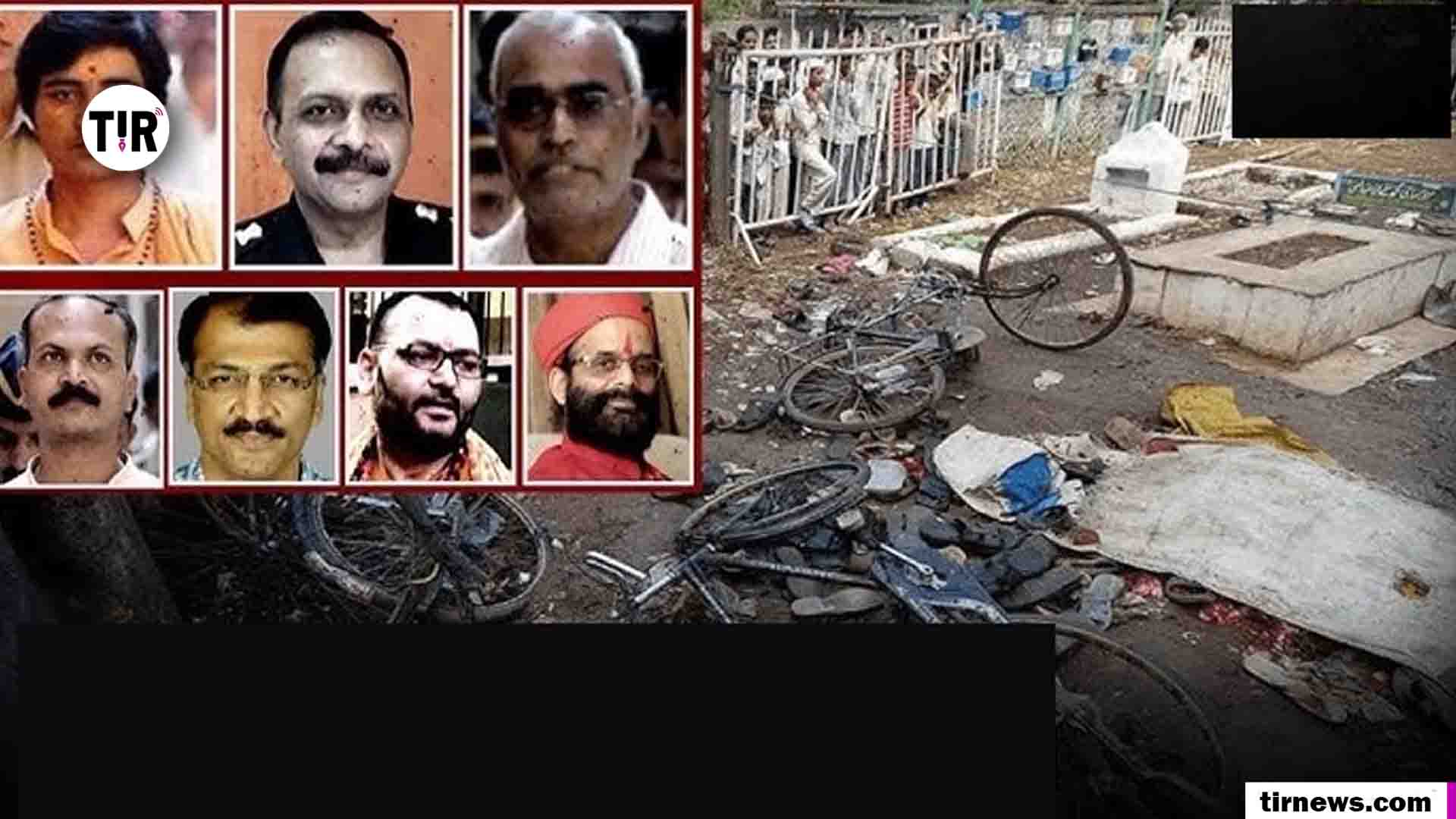In a case that has lingered for nearly two decades, a special NIA court on July 31, 2025, acquitted BJP’s former MP Pragya Singh Thakur, Lieutenant Colonel Prasad Purohit, and five others in the 2008 Malegaon blast case. While the verdict made headlines, the detailed judgment merits closer scrutiny—particularly because it raises disturbing questions about the integrity of the investigation.
Far from offering closure, the court’s observations have opened a Pandora’s box of missing evidence, contradictory testimonies, and alleged political meddling. Reports from The Times of India and The Indian Express reveal a deeply compromised investigative process, one in which essential documents vanished and original witness statements were inexplicably lost.
The Blast That Shook Malegaon
The blast occurred on the night of September 29, 2008, at Bhikku Chowk in Malegaon, a communally sensitive town in Maharashtra’s Nashik district. The explosion killed six people and injured over a hundred, heightening fears of sectarian violence as it fell on the eve of Ramadan and Navratri.
Over the next 17 years, the case would be shaped by multiple investigative agencies, shifting narratives, and ultimately, a series of legal decisions that have left many questioning the justice system’s ability to hold powerful actors accountable.
Missing Evidence: A Legal Black Hole
The special NIA court noted that crucial case documents and original witness statements had disappeared. These weren’t just procedural oversights—they included confessions made under CRPC Section 164 and MCOCA, and reportedly detailed meetings between Pragya Thakur and absconding accused Ramji Kalsangra where the blast was allegedly discussed.
Despite judicial attempts to track the documents across courts, they were never recovered. Eventually, the court permitted the use of photocopies in place of originals—a decision made over objections from the defense. Later statements recorded by the NIA in Delhi contradicted earlier versions, leading directly to the acquittals.
When Politics Entered the Courtroom
According to The Indian Express, the tone of the investigation began to shift after 2014, when the BJP came to power at the Centre. The case’s initial Special Public Prosecutor, Rohini Salian, publicly stated that she was pressured by NIA officials to “go soft” on the accused. After refusing, she was removed and replaced by Avinash Rasal, who led the rest of the prosecution.
In 2016, a supplementary chargesheet filed by the NIA diluted the original case built by the Maharashtra ATS. It dropped MCOCA, and questioned the validity of confessions taken in ATS custody, citing alleged custodial torture. The NIA accepted the defense’s claim that confessions were coerced, but no formal inquiry was launched against ATS personnel.
The Abhinav Bharat Shadow
The ATS had earlier alleged that the Malegaon blast was the work of Abhinav Bharat, a radical Hindutva outfit. Audio recordings attributed to Swami Dayanand Pandey—allegedly taped by himself—contained discussions about creating a parallel state with its own flag, constitution, and military force.
The tapes suggested that the group sought revenge against “Muslim terrorists” and aimed to establish a Hindu Rashtra through violence. Yet, key institutions and figures implicated in those recordings were never pursued rigorously. For instance, Bhonsala Military School—used for training cadres—escaped scrutiny, and senior army officers involved in meetings were treated as witnesses, not suspects.
The court, however, ruled that the existence of a structured organization or a concrete conspiracy could not be proven—rendering the larger theory unsubstantiated.
What About Other Linked Attacks?
The Malegaon blast wasn’t an isolated incident. Several other attacks were initially suspected to be linked to the same ideological network, including:
-
Samjhauta Express blast (2007)
-
Ajmer Sharif Dargah blast (2007)
-
Mecca Masjid blast, Hyderabad (2007)
-
Nanded and Parbhani mosque blasts (2003–2006)
Early ATS investigations viewed these as part of a coordinated Hindutva terror network, with common funding, ideology, and personnel. But after the NIA took over in 2011, that narrative was quietly dropped, and no comprehensive probe into the alleged broader conspiracy ever materialized.
Public Outcry and Eroding Trust
The latest revelations have sparked intense public debate and political backlash. Social media, particularly X (formerly Twitter), has seen users question the missing documents, delayed trials, and shifting prosecutorial approaches, with many demanding accountability from the Home Ministry.
Legal experts warn that such lapses do not just undermine this one case—they erode public faith in law enforcement and judicial impartiality. The acquittals, based more on procedural gaps than exonerating evidence, have renewed calls for a fresh investigation and parliamentary oversight.
A Case Unresolved
The Malegaon blast case stands as a troubling example of how justice can be derailed—by missing evidence, political interference, and institutional hesitation. While the court may have ruled, the core questions remain unanswered:
Who was responsible? Why were critical documents lost? And why did the investigation lose its way?
Until these questions are addressed with transparency and accountability, the Malegaon case will continue to haunt both the justice system and public conscience.
________________________________________________________________
Credit: Muslim Mirror

